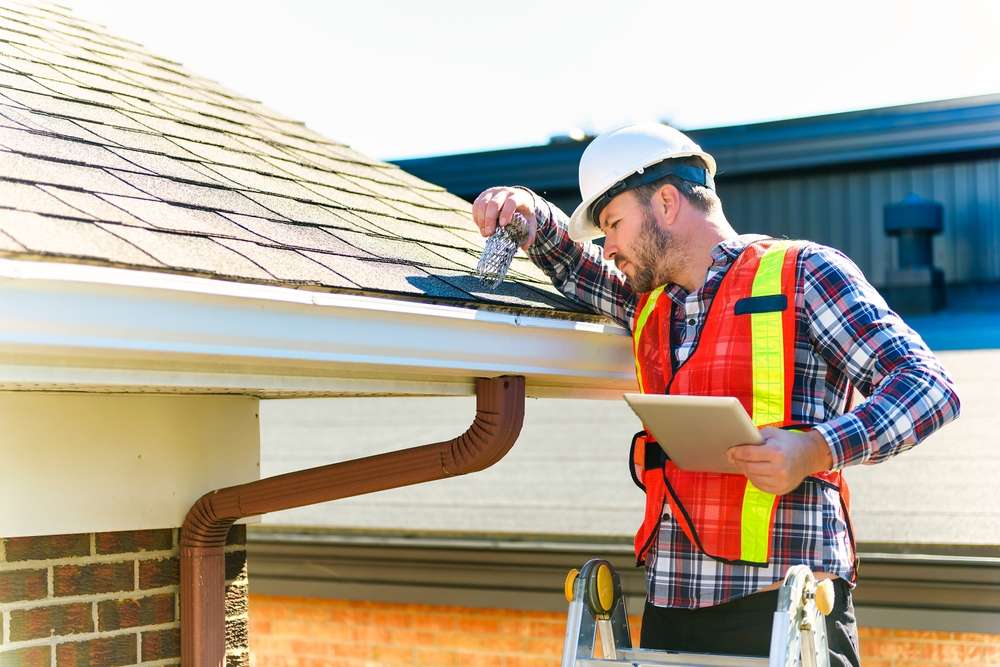A Comprehensive Guide to Roof Repair: Key Steps and Useful Tips for a Successful Fix
Roof repairs are essential maintenance tasks that protect your home from weather damage and structural issues. Whether dealing with minor leaks or significant damage, understanding the repair process helps homeowners make informed decisions about their roofing needs. Professional assessment and proper execution ensure long-lasting results that maintain your property's value and safety.

A Comprehensive Guide to Roof Repair: Key Steps and Useful Tips for a Successful Fix
Maintaining a sturdy roof requires understanding both preventive measures and repair techniques. Modern roofing systems face various challenges from weather exposure, aging materials, and structural stress. Proper repair methods can extend your roof’s lifespan significantly while preventing costly emergency situations.
Repairing a Roof in 2025: Modern Techniques and Materials
Contemporary roof repair incorporates advanced materials and techniques that weren’t available in previous decades. Synthetic underlayments, improved flashing systems, and weather-resistant sealants offer enhanced durability. Digital leak detection tools help identify problem areas without extensive tear-downs, making repairs more precise and cost-effective.
New materials like modified bitumen membranes and impact-resistant shingles provide superior protection against extreme weather conditions. These innovations allow for targeted repairs that blend seamlessly with existing roofing systems while improving overall performance.
Roofing Work: How to Choose a Qualified Roofer in 2025
Selecting the right contractor requires thorough research and verification of credentials. Licensed roofers should carry proper insurance coverage, including general liability and workers’ compensation. Request references from recent projects and verify their standing with local business bureaus.
Examine their expertise with your specific roofing material, whether asphalt shingles, metal, tile, or flat roofing systems. Qualified professionals provide detailed written estimates, explain repair procedures clearly, and offer warranties on their workmanship. Always obtain multiple quotes to compare approaches and pricing structures.
Damaged Roof: How to Avoid Common Mistakes
Many homeowners attempt quick fixes that create larger problems later. Using incompatible materials, improper flashing installation, and inadequate ventilation cause premature failure and void manufacturer warranties. Temporary patches should never become permanent solutions without proper assessment.
Ignoring underlying structural issues while focusing only on visible damage leads to recurring problems. Water damage often extends beyond the obvious leak location, requiring comprehensive inspection of decking, insulation, and support structures. Professional evaluation prevents costly oversights.
Essential Steps for Successful Roof Repairs
Effective repairs begin with thorough inspection and damage assessment. Document all problem areas with photographs and measurements before beginning work. Remove damaged materials completely rather than layering new materials over compromised sections.
Proper preparation includes checking weather forecasts and having backup protection ready. Quality repairs require appropriate tools, safety equipment, and sufficient time for proper curing of sealants and adhesives.
| Service Type | Provider | Cost Estimation |
|---|---|---|
| Minor Leak Repair | Local Contractors | $300-$800 |
| Shingle Replacement | Regional Companies | $500-$1,500 |
| Flashing Repair | Specialized Roofers | $400-$1,200 |
| Emergency Patching | 24/7 Services | $600-$2,000 |
Prices, rates, or cost estimates mentioned in this article are based on the latest available information but may change over time. Independent research is advised before making financial decisions.
Safety Considerations and Professional Standards
Roof work involves significant safety risks that require proper equipment and training. Professional roofers use safety harnesses, proper ladder techniques, and weather-appropriate scheduling. DIY repairs should be limited to minor issues accessible from ground level or through safe access points.
Building codes and permit requirements vary by location and repair scope. Major repairs often require professional inspection and approval to ensure compliance with local regulations. Understanding these requirements prevents legal complications and ensures proper installation standards.
Successful roof repairs protect your investment while maintaining your home’s structural integrity. Whether addressing emergency damage or planning preventive maintenance, proper techniques and qualified professionals ensure lasting results. Regular inspections and prompt attention to minor issues prevent major repairs and extend your roofing system’s operational life.




